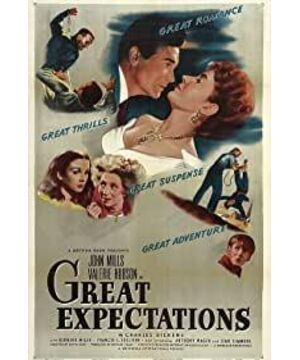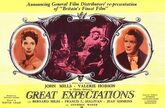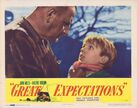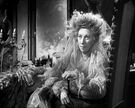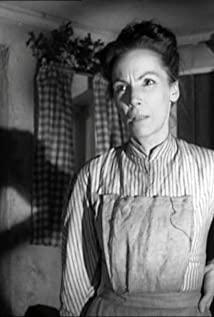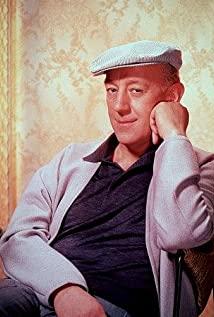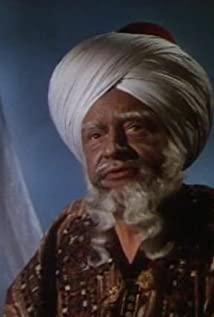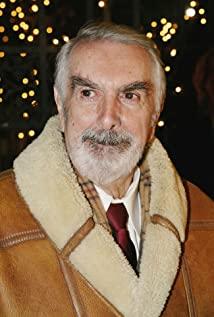Dickens is an anti-noble novelist. In his novels, although there are good people in the upper class and bad people in the lower class, he always loves the lower class more than the upper class. Oliver Twist is such a film, and so is this film.
The novels of that era had a strong moral appeal. Hugo, Balzac, and Dickens were all like this. The choice between good and evil was the characteristic of the Victorian era.
The film is shot in an expressionist style, and the inner life is shown through external sounds and animal questions. It is almost a Gothic novel, and there is also an abandoned castle.
The kind-hearted people at the bottom entered the upper class and gradually became numb. Uncle Joe gave him the fortress of kindness. The daughter of the criminal was trained by the broken-hearted lady to be a numb and cold person. In the end, her life experience was revealed and she left the wealthy class. Two people who were rejected by the upper class, come together again.
Seeing that a criminal is actually his benefactor, he must choose: be a good person or betray the other party. This is also the opportunity for his transformation.
Because of love, he went to high society, and because of love, he returned to low society.
There are many coincidences and surprises, such as Stella's life experience, such as the criminal is a benefactor, it does seem to be bloody now, but at that time, it should be the first wave.
The texture and composition of black and white films are really much better than color films, and they are more like movies.
View more about Great Expectations reviews


